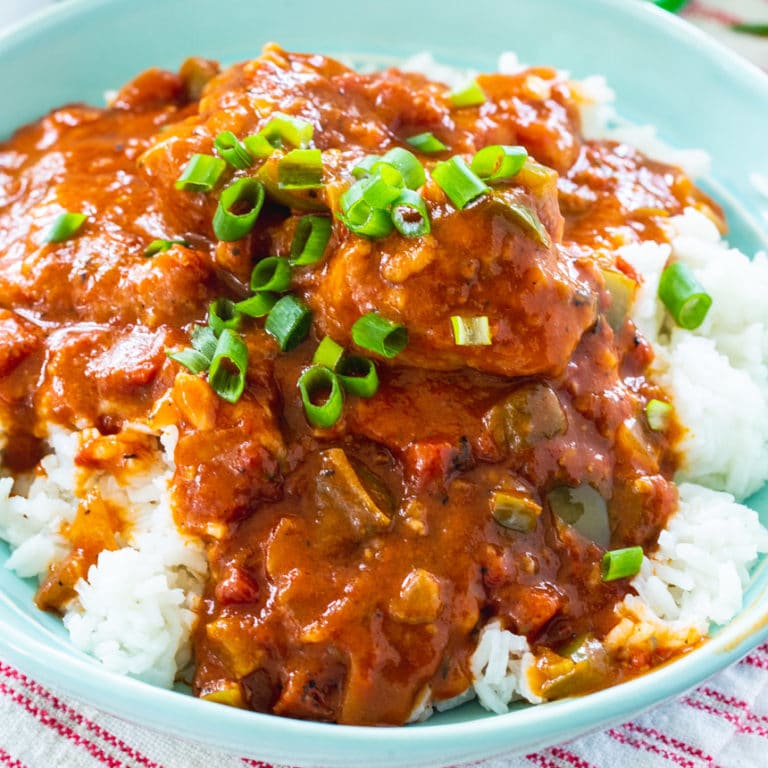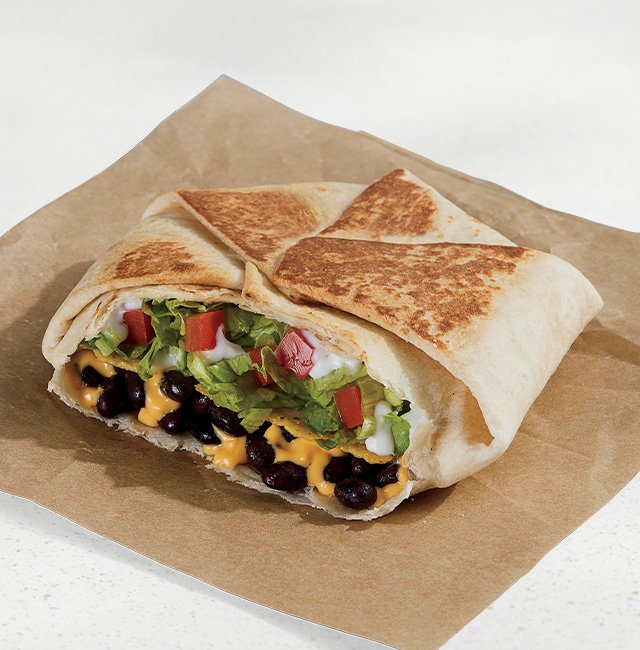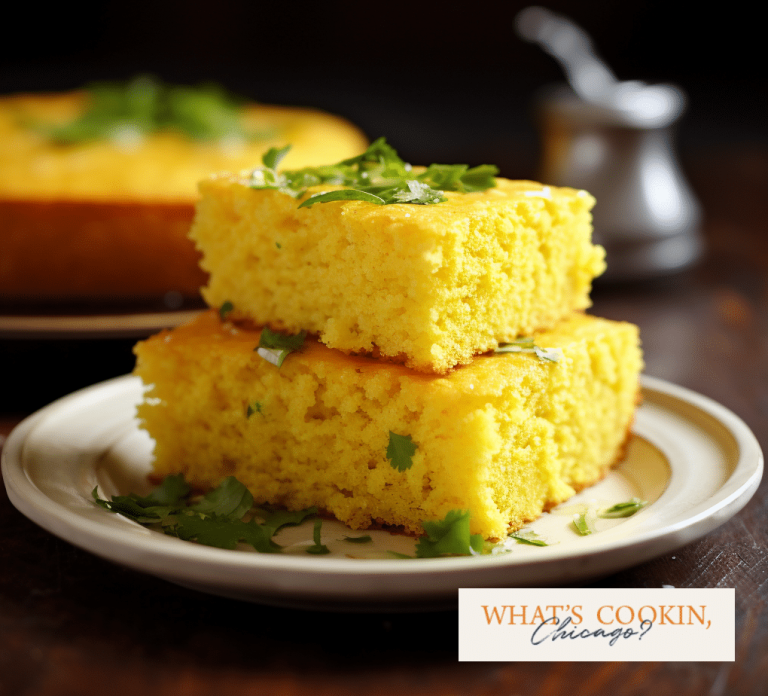Creamy Chicken and Rice: History, Variations, Nutrition, and Cooking Tips
The origins of creamy chicken and rice trace back to various comfort food traditions. Initially, people combined simple ingredients like rice and chicken in a broth to create nourishing meals. With time, the addition of cream and other rich ingredients transformed this plain dish into a more indulgent experience. By the early 20th century, creamy chicken and rice had become a staple in American households.
Variations Across Different Cultures
Different cultures have adapted creamy chicken and rice to suit their local tastes and ingredients. In America, casseroles often feature mushrooms, peas, and cheddar cheese. In Asia, you might find versions with coconut milk, ginger, and lemongrass, creating a fusion of flavors. In Europe, particularly in France, recipes may include white wine, Dijon mustard, and herbs like tarragon. Each variation offers a unique twist, celebrating local culinary traditions.
Key Ingredients for Creamy Chicken and Rice
Choosing the Right Type of Rice
The type of rice affects the texture of your dish. Arborio rice provides a creamy consistency due to its high starch content, making it a favorite for many. Jasmine rice offers a fragrant, slightly sticky texture when cooked, which pairs well with the sauce. Long-grain white rice produces a fluffier result, separating well to complement the creaminess without getting too dense.
| Rice Type | Texture | Ideal For |
|---|---|---|
| Arborio | Creamy | Rich, thick dishes |
| Jasmine | Fragrant, sticky | Saucy mixtures |
| Long-grain White | Fluffy | Creamy yet non-dense combos |
Selecting Chicken Cuts
Choosing the right chicken cuts significantly impacts flavor and tenderness. Boneless, skinless chicken thighs are flavorful and remain moist during cooking. Chicken breasts, leaner and firmer, suit those preferring a lighter meal. Bone-in pieces, like drumsticks or thighs, add depth to the dish as the bones release natural juices during cooking.
| Chicken Cuts | Characteristics | Best For |
|---|---|---|
| Boneless, Skinless Thighs | Moist, flavorful | Rich, hearty versions |
| Chicken Breasts | Lean, firm | Lighter, healthier options |
| Bone-in Pieces | Natural juices | Enhanced flavor complexity |
By selecting the appropriate rice and chicken cuts, you can tailor your creamy chicken and rice to your preferred texture and taste profile.
Cooking Techniques
Stovetop Methods
Cooking creamy chicken and rice on the stovetop provides control over texture and consistency. Start by sautéing diced onions and garlic in a large pot until translucent. Next, add chicken pieces and cook until browned on all sides. Remove the chicken, then stir in the rice to toast it slightly.
Add broth, bring the mixture to a simmer, and return the chicken to the pot. Simmer for 15-20 minutes or until the rice is tender and the chicken is fully cooked. Stir in heavy cream and cook for an additional 5 minutes, making sure the mixture doesn’t boil to prevent curdling. Adjust seasoning with salt and pepper.
Baking Methods
Baking creamy chicken and rice dishes offers a hands-off approach. Preheat your oven to 375°F (190°C). In a baking dish, combine raw rice, chicken broth, and preferred vegetables. Place seasoned chicken pieces on top of the rice mixture.
Cover the dish with aluminum foil to retain moisture. Bake for 45 minutes or until the rice is tender and the chicken is cooked through. Remove the foil, add a layer of heavy cream or condensed soup, and bake uncovered for an additional 10-15 minutes until the top is golden and bubbly. Let the dish rest for a few minutes before serving to allow the flavors to meld.
Nutritional Information
Caloric Content
Creamy chicken and rice typically contains around 350-450 calories per serving, depending on the recipe specifics. Key factors influencing the caloric content include the amount of cream, choice of rice, and portion size. Brown rice and low-fat cream reduce calorie count, while full-fat cream and white rice increase it. When calculating, consider ingredients like added cheese or butter, as they contribute to the total calories.
Health Benefits and Considerations
Chicken provides a high-protein base, essential for muscle maintenance and growth. It also contains important nutrients like vitamin B6 and niacin. Rice offers carbohydrates for energy, with brown rice providing additional fiber for digestive health. Cream contributes calcium and vitamin D but increases the dish’s fat content. To make a healthier version, opt for low-fat cream or Greek yogurt. Adding vegetables like broccoli or spinach increases vitamins and minerals, enhancing the dish’s nutritional profile. Always balance portions to keep your meal nutrient-dense and calorie-controlled.
Serving Suggestions
Recommended Side Dishes
Complementing your creamy chicken and rice dish with the right sides enhances the meal. Steamed vegetables like broccoli, carrots, and green beans add color and nutrition. A crisp garden salad with mixed greens, cherry tomatoes, and cucumbers provides a refreshing contrast. Garlic bread or dinner rolls offer a soft yet crunchy texture. Roasted asparagus or Brussels sprouts contribute richness and depth. Choosing these sides balances the meal, ensuring you enjoy a varied and satisfying dining experience.
Presentation Tips
Arranging your creamy chicken and rice dish artfully makes it more appealing. Use a wide, shallow bowl to showcase the creamy texture. Garnish with freshly chopped parsley or cilantro for a pop of green. Place the chicken pieces atop the rice for a layered look. Drizzle a bit of extra sauce around the rim for added flair. Adding a few colorful vegetables not only enhances nutrition but also visually brightens the plate. Using these presentation tips, your dish will look as good as it tastes, impressing guests and family alike.
Conclusion
Creamy chicken and rice is a versatile and comforting dish that can be tailored to fit your dietary preferences and nutritional needs. By choosing the right ingredients and cooking techniques, you can create a meal that’s both delicious and health-conscious. Whether you opt for a stovetop or baked version, the key is balancing flavors and textures to achieve a satisfying dish. Pair it with complementary sides and focus on presentation to elevate your dining experience. Enjoy the process of making this classic favorite and make it your own.





